In 2019, White Sands National Park became America’s 62nd national park. Two years later, New River Gorge National Park became the nation’s 63rd. Now we’re all wondering: which park will take the title next? Lucky for us, the top contenders for America’s next national park include scenic national forests, ancient cultural sites, lazy rivers, and moon-like volcanic landscapes.
The National Park Service receives countless submissions for potential national park additions each year, but before a new spot is added to the prestigious list of US national parks, some basic criteria must be met. First, a national park must have scenic or historic significance. Second, the preservation of the land must protect the environment or culture of an area. And last, the site must be open for all of the public to enjoy and experience.
The National Park Service rigorously screens all national park applications, and in 2023, these are some of the top contenders for America’s next national park.
Delaware Water Gap National Recreation Area

With over 100 miles of hiking, stunning waterfalls, swimming beaches, and extensive forests lining the Delaware River, the Delaware Water Gap is a national treasure. A hidden gem on the New Jersey-Pennsylvania Border, this region is a serene getaway for nearby city dwellers.
Not only is the the region stunning (it ranks as one of the top places to see fall foliage in the US), but it also contains historical and cultural significance. Delaware Water Gap is home to important Native American archeological sites beginning with the Paleo-Indian, the earliest known culture in the New World, as well as plenty of structures from the colonial period.
Year-round, this park is enjoyed for its easy access to outdoor adventure including hiking, swimming, camping, canoeing, cross-country skiing, horseback riding, cycling, and fishing.
Ocmulgee Mounds National Historic Park

Ocmulgee Mounds National Historic Park was first established in 1936. Native Americans inhabited this region way back in the Paleo-Indian Period while hunting ice age animals. By the Mississippian Period in 900 CE, the Native people were constructing elaborate mounds for the elite, which can still be seen today in this protected park.
The ceremonial mounds display the very skilled soil knowledge and engineering techniques required among laborers at the time. The whole site dates back to over 17,000 years of continuous human living. Today, Ocmulgee Mounds Historic Park stands full intact. Luckily, it has yet to be disrupted by modern development. The rich history of this ancient site provides information dating back to the start of North American civilization, making it a great contender for America’s 64th national park.
Boundary Waters Canoe Area Wilderness
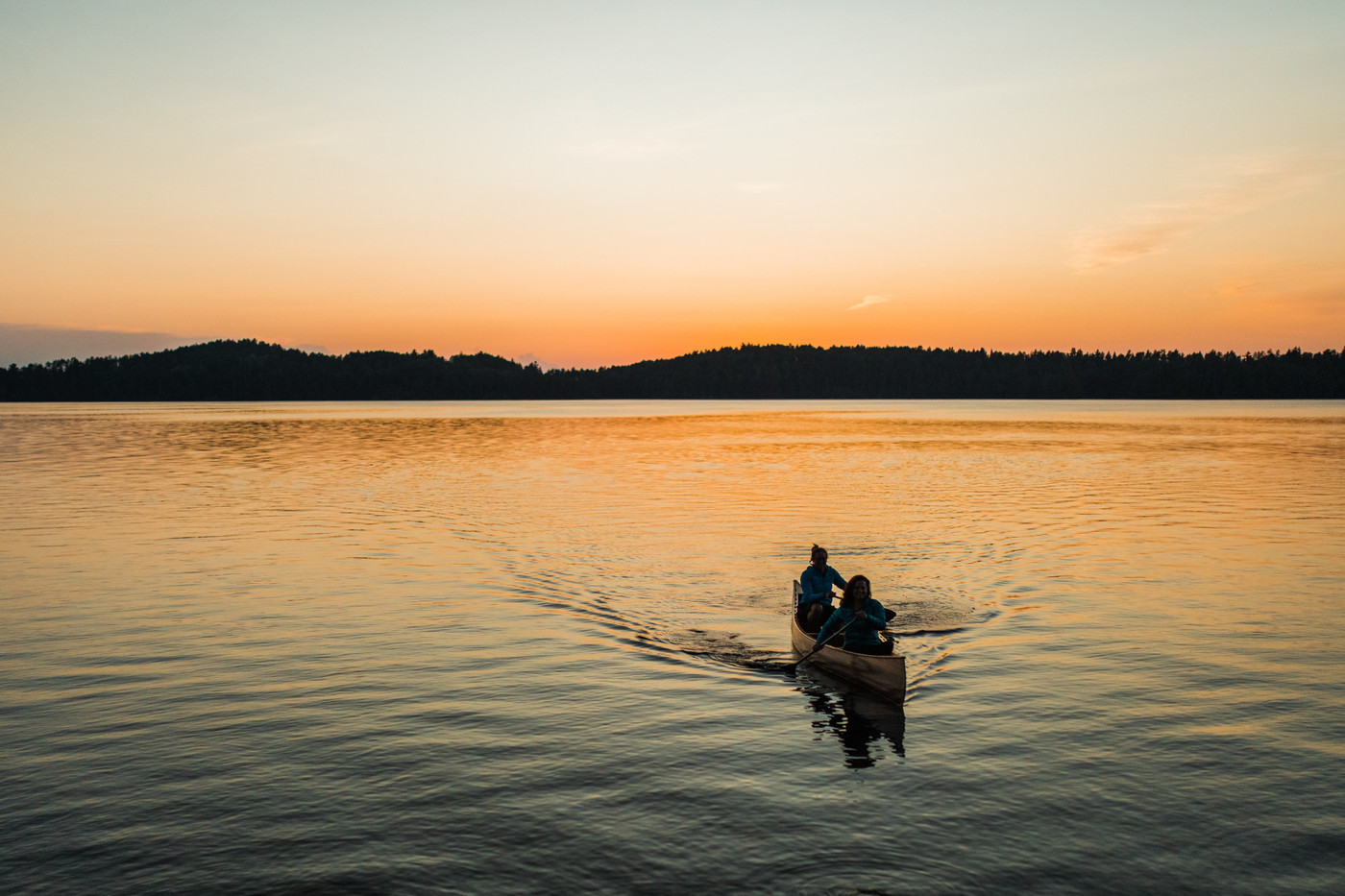
Spanning more than one million acres across Northern Minnesota, Boundary Waters Canoe Area Wilderness is filled with rough cliffs, open canyons, rolling hills, tall rock formations, rocky shorelines, sandy beaches, and 1,175 lakes. The current landscape was formed about 17,000 years ago as the last glacial period ended. Since then, boreal, temperate, and hardwood forests have spanned across the area.
In the summer, visitors enjoy canoeing, kayaking, birding, hiking, pack rafting, and camping. In the winter, visitors have a chance to see the northern lights and go dogsledding.
As such a distinct and valuable environment, gaining status as America’s 64th national park would protect the Boundary Waters from future environmental harm. Currently, the areas is at risk of sulfide-ore copper mining which would drastically change the natural beauty of this place forever.
Craters of the Moon National Monument and Preserve
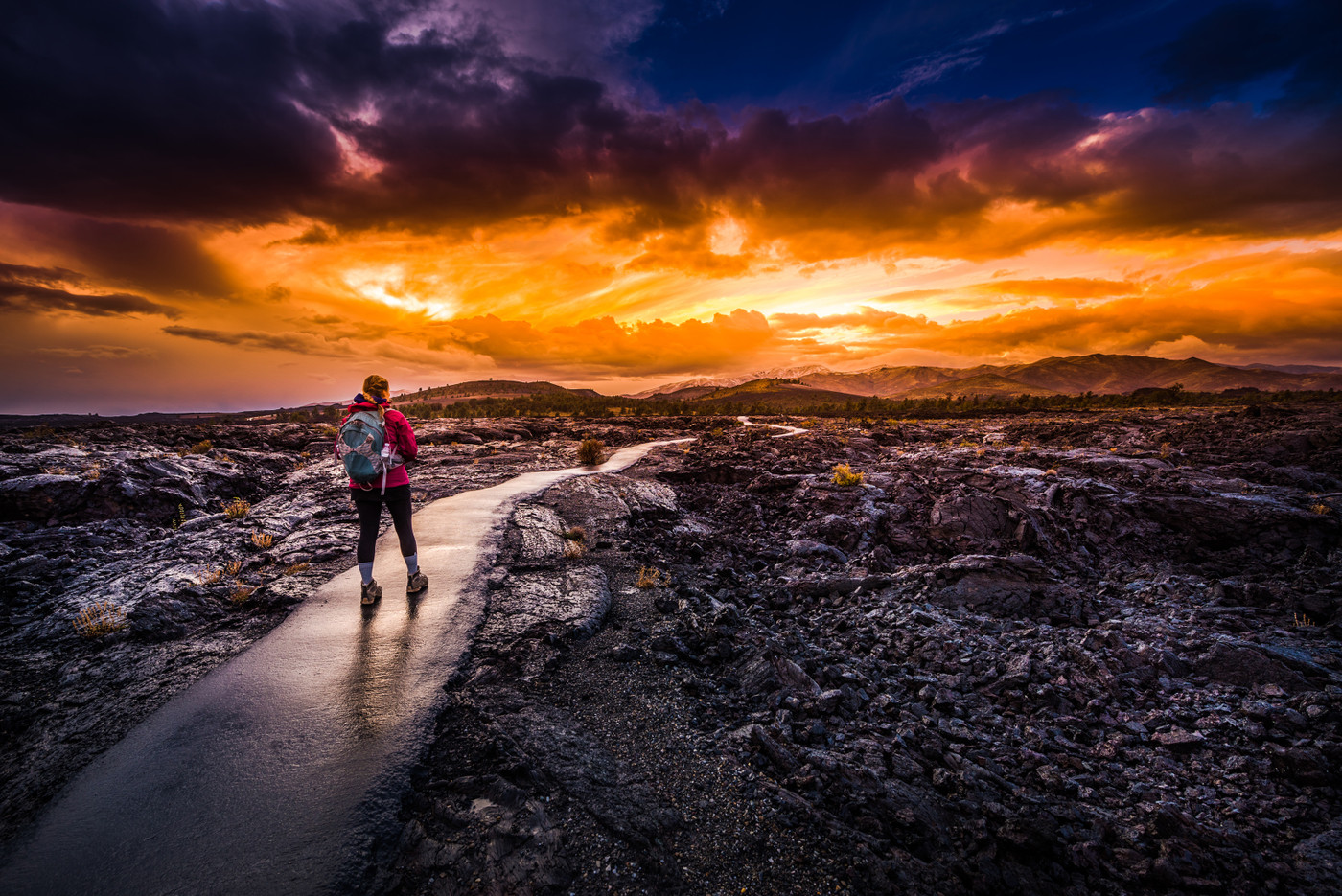
Craters of the Moon National Monument and Preserve is a weird, yet scenic landscape filled with biodiversity. Located in Southeast Idaho, the preserve’s lava flows, caves, cinder cones, and sagebrush make up a landscape that us unlike anywhere else in the US. When President Coolidge protected the area as a national monument in 1916, there were plans for it to become a national park, but unfortunately, they were shot down.
With over 1,100 square miles of designated land, this is one of the best-preserved areas of flood basalt in the country. There are lava tubes, lava tree molds, and some of the most defined rift cracks in the world.
The National Monument and Preserve shows us the history of the continent’s violent volcanic past, the currently calm present, and the unknown future that will likely change drastically over time.
Mount Hood National Forest
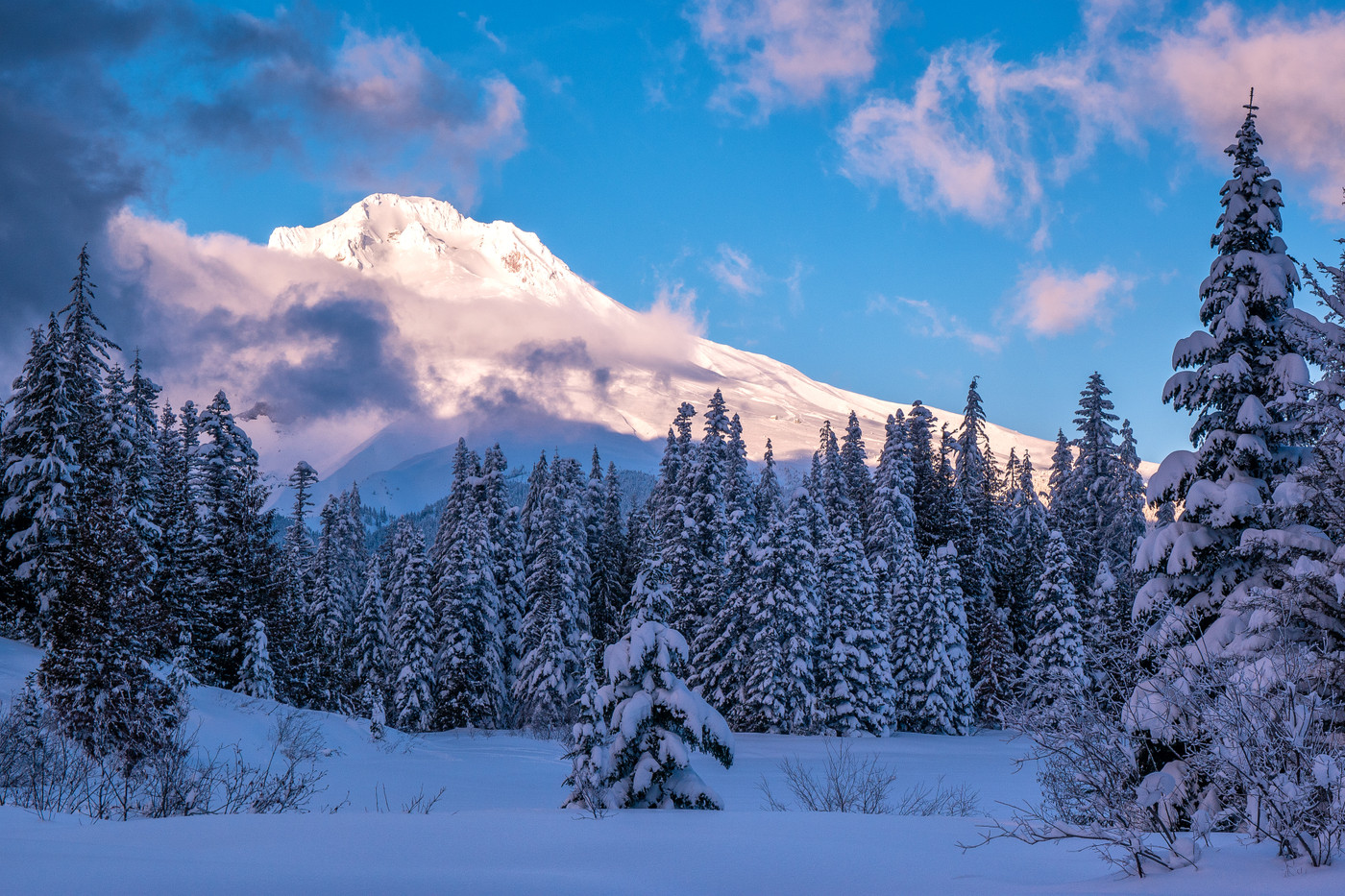
Mount Hood is a dormant stratovolcano, capped with glaciers that flow into over 90 waterfalls in the surrounding area known as the Mount Hood National Forest. While it doesn’t hold that prestigious national park status yet, the Mount Hood National Forest already receives over 4 million visitors a year, comparable to some of the most-visited national parks in the country.
With opportunities for hiking, climbing, skiing, and camping, visitors recreate in this beautiful area year-round. Mount Hood also offers plenty of educational opportunities to study the volcano and surrounding geology.
Atchafalaya National Heritage Area

Filled with rich culture and ecology, Atchafalaya National Heritage Area is America’s largest freshwater swamp. With both Cypress and Tupelo swamps, the area is home to alligators, bears, raccoons, shrimp, catfish, oysters, crawfish, and over 270 species of birds. The surrounding area is filled with soaring cypress trees, ancient live oaks, and sugar cane and cotton fields.
Stretching across 14 parishes throughout the state, the heritage area was first established in 2006. Today, the Atchafalaya region is home to a diverse population including the Cajun culture.
Explore the swamps, rivers, bayous, and fields while visiting Atchafalaya National Heritage Area. As a valuable ecosystem, the continued protection and education of this heritage, culture, and environmental area would benefit many people and vulnerable species.
Allegheny National Forest
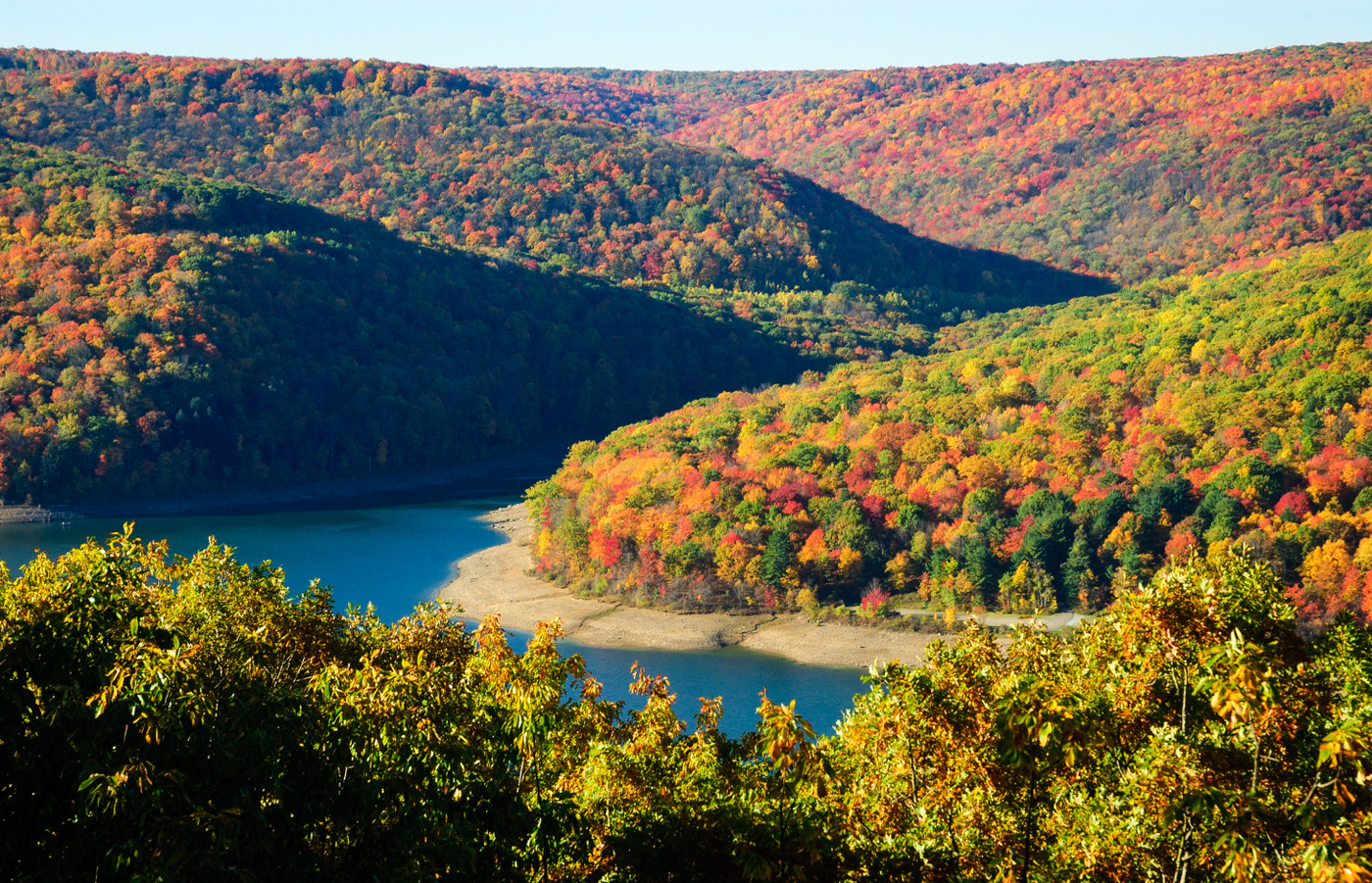
Allegheny National Forest covers over 500,000 acres of land in Northern Pennsylvania and is considered one of the least-densely populated areas east of the Mississippi. It was established in 1923 and is the only national forest in Pennsylvania.
Allegheny National Forest certainly follows the motto of “Land of Many Uses,” as locals rely on the timber, oil, and natural gas from this area. However, as technology is changing, there could be benefits to this area, or part of it, becoming a national park.
The forest is home to a few pockets of old-growth forest that have survived the unrestrained logging history. The forest also is filled with rivers, waterfalls, plateaus, and valleys for visitors to enjoy while out on a hike or a scenic drive.
Avi Kwa Ame National Monument
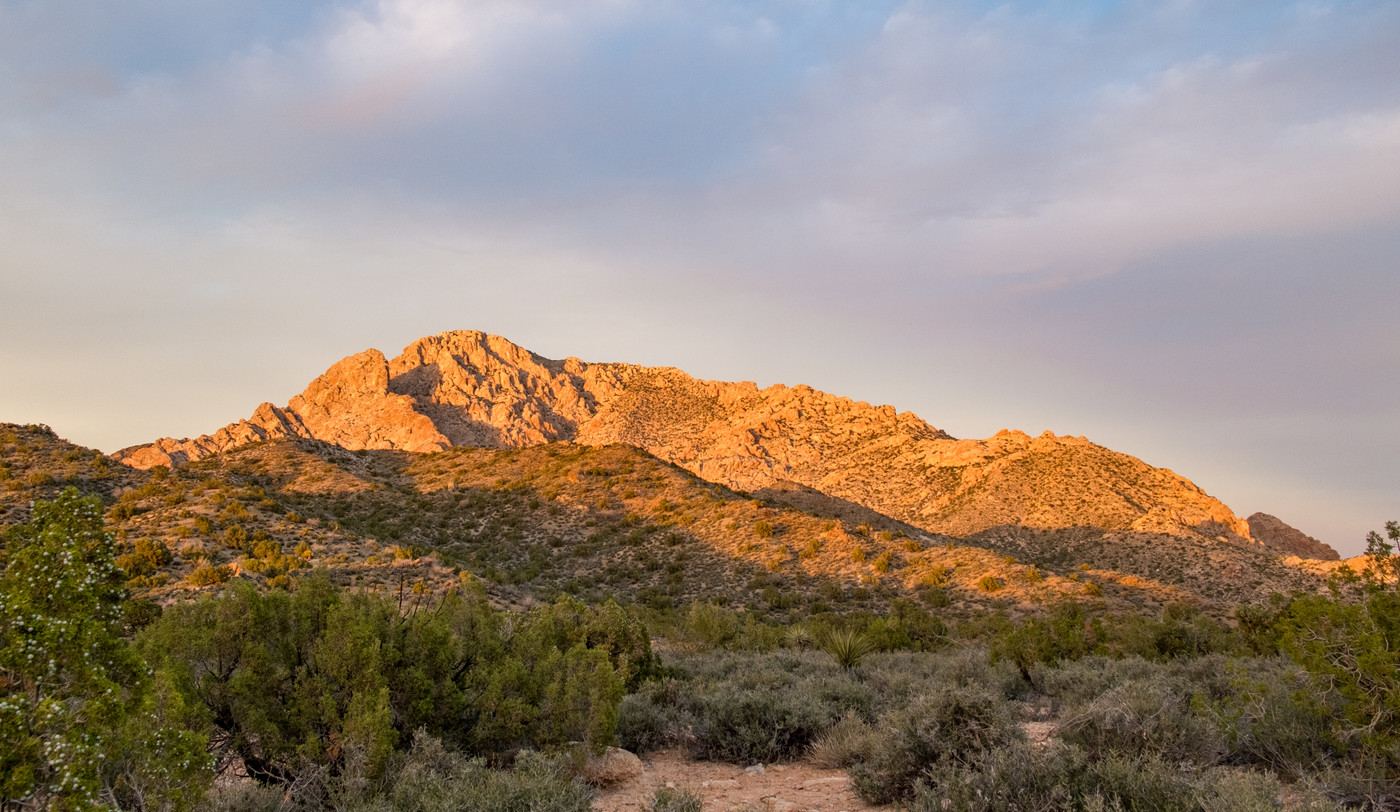
Avi Kwa Ame, or Spirit Mountain, is home to sacred land and a source of life for the Hopi and Chemehuevi Paiute People, as well as the place of origin for many Yuman-speaking tribes.
The area contains some of the most breathtaking scenery, in addition to the biological diversity and cultural significance of all of the Mojave Desert. As an area with deep roots in Native American culture and religion and environmental richness, as a national park the region would be protected from resource extraction that would scar these priceless lands.
Protection of the area would include the world’s largest Joshua Tree forest and the protection of many endangered species only found in the Mojave Desert. With the spiritual significance of the sacred land and plentiful natural resources to the Native Americans, the protection of Avi Kwa Ame would benefit both natives and visitors alike.
Tongass National Forest
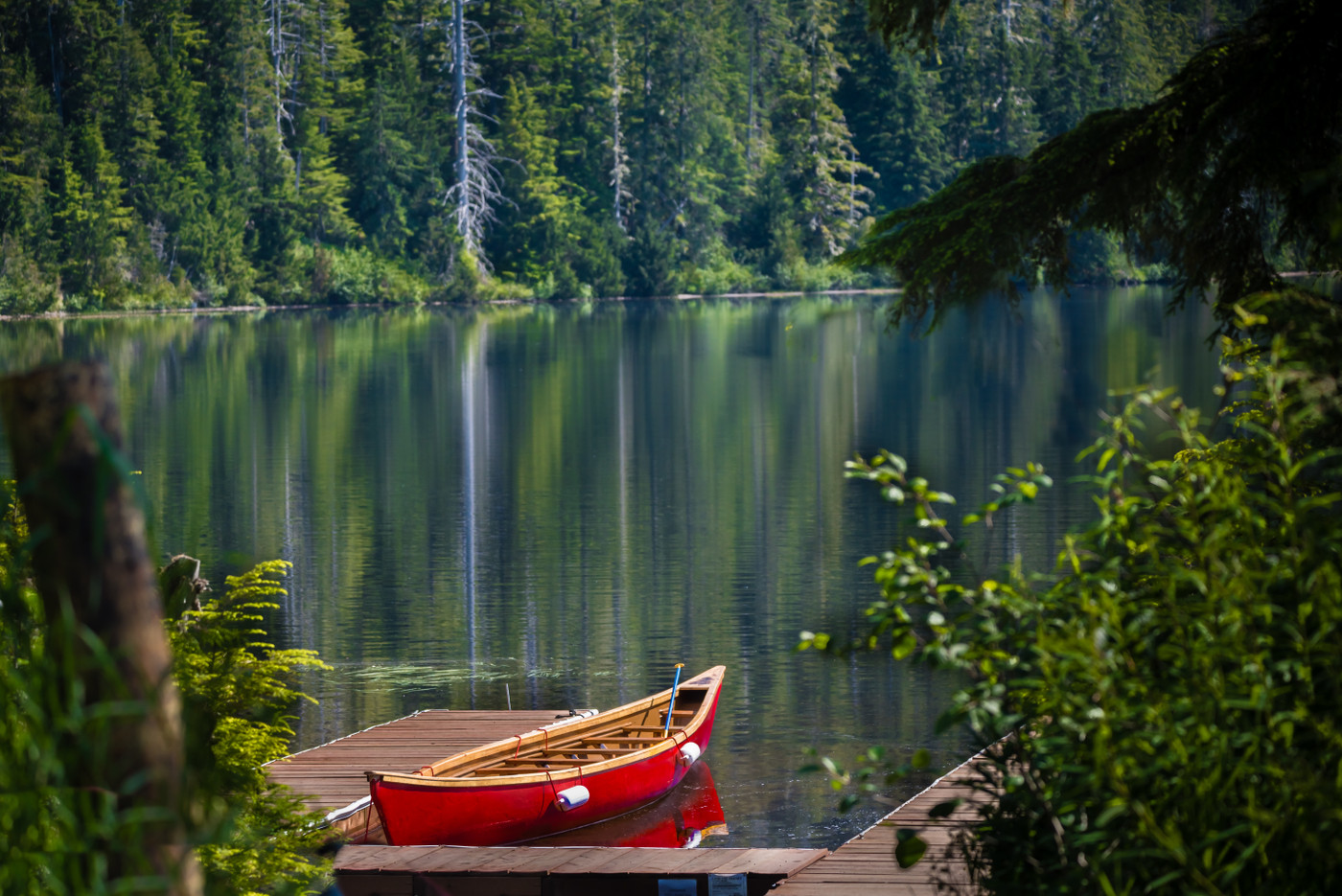
With coastal mountains, deep fjords, vast glaciers, enormous icefields, spawning salmon, and some of the highest concentrations of bears and bald eagles in the world, Tongass National Forest is the largest national forest in the United States. This breathtaking forest covers almost 17 million acres across Southeast Alaska.
Home to old-growth forests and healthy populations of fish and wildlife, as logging and population growth continue throughout the region, Tongass National Forest is at risk of some massive environmental effects. As one of the largest sequesters of carbon on Earth, the protection of this temperate rainforest is valuable for our future.
Hiking, kayaking, sailing, mountaineering, whale watching, and wildlife viewing are some of the endless opportunities that visitors can explore in the vast environment.
Katahdin Woods and Waters National Monument
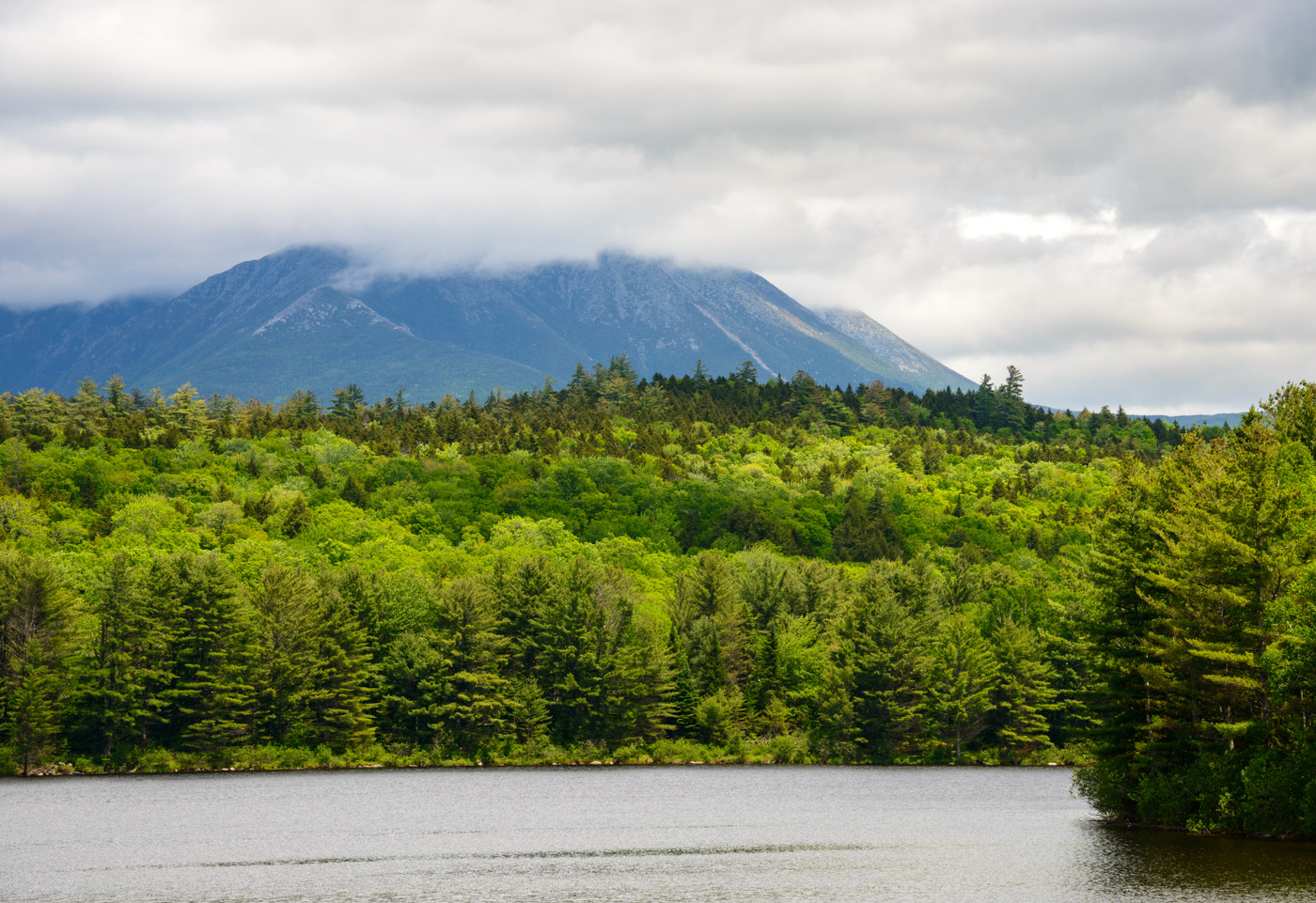
With over 87,000 acres of pristine natural beauty, Katahdin Woods and Waters National Monument is the perfect place for outdoor recreation, breathtaking mountain treks, diverse wildlife, and important historical and cultural significance. Hikers, fishers, hunters, cyclists, snowmobilers, campers, and skiers all enjoy this area.
Since becoming a national monument in 2016, the goal has been to protect and restore the natural resources, fish, and wildlife habitats. The area also has many culturally important resources to the Penobscot Nation.
While visiting, explore the mountains, rivers, bogs, streams, and ponds one of Maine’s favorite treasures. Spot birds, mammals, fish, and other wildlife in a forest that is pumping out oxygen and cleaning our atmosphere of carbon. The protection of this area would benefit the environment and native animal populations here.
Driftless Rivers

Located on the borders of Wisconsin, Minnesota, and Iowa, the Driftless Area was covered by mile-thick of ice over 10,000 years ago, covering more than 24,000 square miles of the the region we now know as America’s Midwest.
Today, dramatic landscape is covered in steep hills, deep river valleys, ridges covered in forests, Paleozoic Era bedrock, waterfalls fed by springs, cave systems, and cold-water trout streams. Surprisingly, the ecology of the area is more similar to the New England or Great Lakes region than the other Central Plain regions of the Midwest.
As a national park, the Driftless Rivers Area would protect a refuge for plants and animals in their natural habitat.